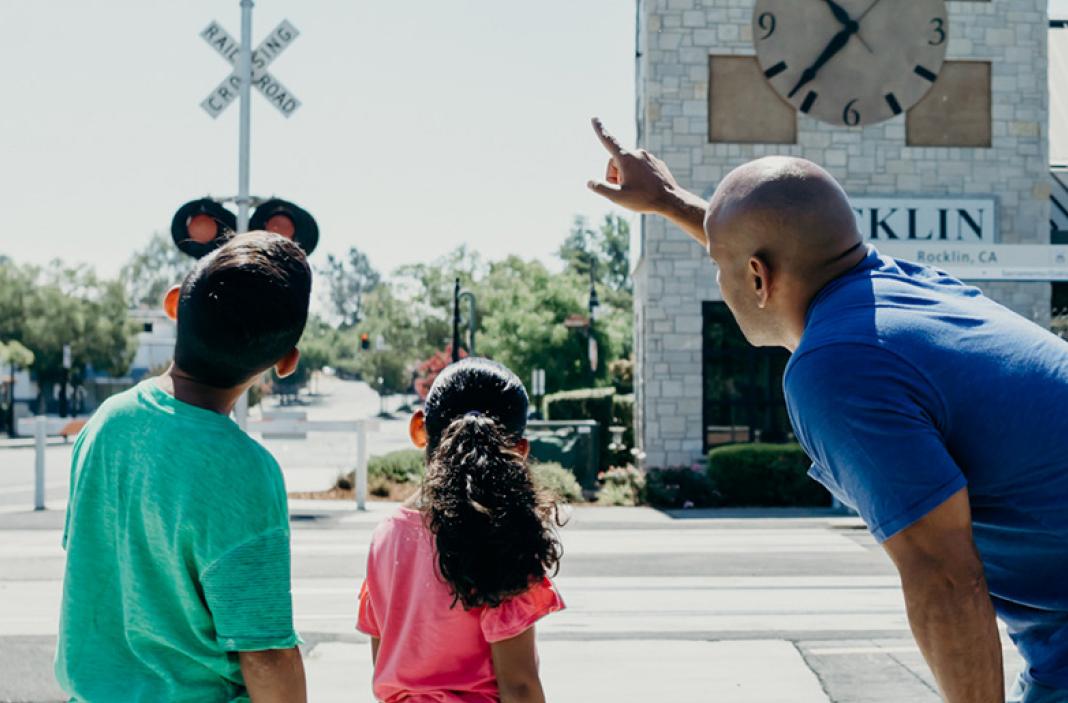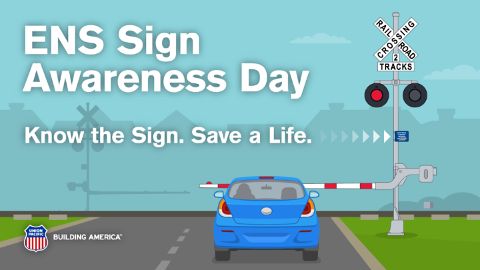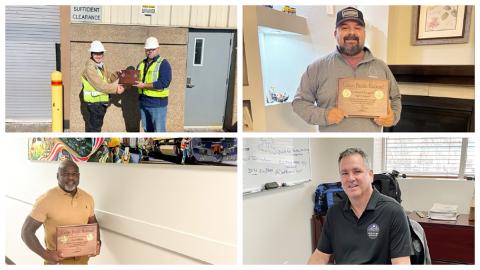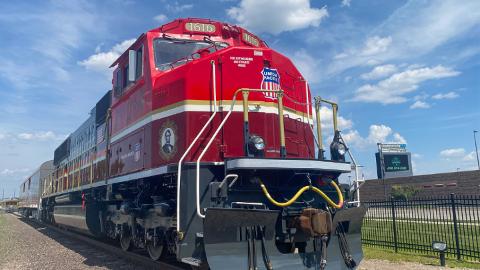Everyday expressions like “buckle up,” “look both ways” and “don’t talk to strangers” commonly roll off parents’ tongues, but there’s one important topic that parents rarely discuss with their kids: railroad safety.
According to a recent study conducted by Safe Kids Worldwide – a nonprofit organization working to help families and communities keep kids safe from injuries – fewer than half the parents surveyed have initiated conversations with their children about how to stay safe around railroad tracks.
This despite the fact that every five days, a child between the ages of 0 and 19 is killed in a train collision. The risky behaviors that contribute to this startling statistic range from walking on or near the tracks to riding in a vehicle that drives around the crossing gates.
Every five days, a child between the ages of 0 and 19 is killed in a train collision.
The nationwide survey of more than 1,000 parents of children younger than 18 years old uncovered a number of noteworthy patterns, including a lack of awareness among parents regarding the likelihood and severity of rail-related tragedies.
“The information we gathered is crucial in helping shed light on this topic and live up to our mission of protecting all members of our community,” said Morag MacKay, director of research at Safe Kids Worldwide.
Just as troubling was the number of parents who admitted to taking risks around railroad operations, with half indicating they have engaged in unsafe behavior, such as walking, sitting, standing on or near railroad tracks. This behavior not only is dangerous, it’s trespassing.
“Children look to their parents as role models and don’t recognize these behaviors are misguided and illegal,” MacKay said.
To help increase awareness of the dangers of rail operations, Safe Kids Worldwide is piloting a service learning project in at least 13 communities this fall, with support from Union Pacific’s Community Ties Giving Program. The objective is to have high school students create interactive and educational activities about rail safety to teach younger students.
“We need to start the conversation at an early age and make sure the message is sticky enough to resonate with future generations,” MacKay said. “We also hope the teens will learn something as they prepare, and change their behavior as a result.”
In a world filled with portable technology, adolescents often have their noses buried in devices and ears tucked between noise-canceling headphones, making it less likely they will respond to flashing lights or hear train horns.
The Four S's to Rail Safety
Parents and children should recognize the importance of the 4 S’s: Statistics, Speed, Sound, and Size.
Statistics
A person age 19 or under dies every five days as a result of being struck by a train. Teens ages 15-19 are at greatest risk of being injured or killed by a train. For every death, nearly three kids suffer injuries that are often debilitating and require extensive medical treatment.
Stopping
A train traveling at an average speed can take up to a mile to stop. So unlike an approaching car that can slam on its brakes to avoid hitting a pedestrian, a train cannot stop for people on or near tracks. By the time the locomotive engineer sees something on the track ahead, it's too late to stop for it.
Sound
Today's trains are not always loud when approaching. There is no "clickety-clack" sound and there may not be a horn or whistle to warn trespassers to clear the tracks.
Size
Many people don't realize that trains are at least three feet wider than the tracks on either side, so even if you clear the tracks, you may still get hit by the train. The minimum distance recommended by rail safety experts is 15 feet, which is about one car length.
“We want people to be aware of the four S’s: Statistics, Speed, Sound and Size,” MacKay said. “When we share facts like trains can take up to a mile to stop and that trains are at least three feet wider than the tracks on either side, we see them start to recognize the actual risks.”
What can parents do? Talk their children. Learn how to start the conversation with easy tips from Safe Kids Worldwide. Just like when teaching children how to safely cross the street, it takes more than one reminder. And, most importantly, be a good role model.
To see the full research report released by Safe Kids Worldwide, access it here.






